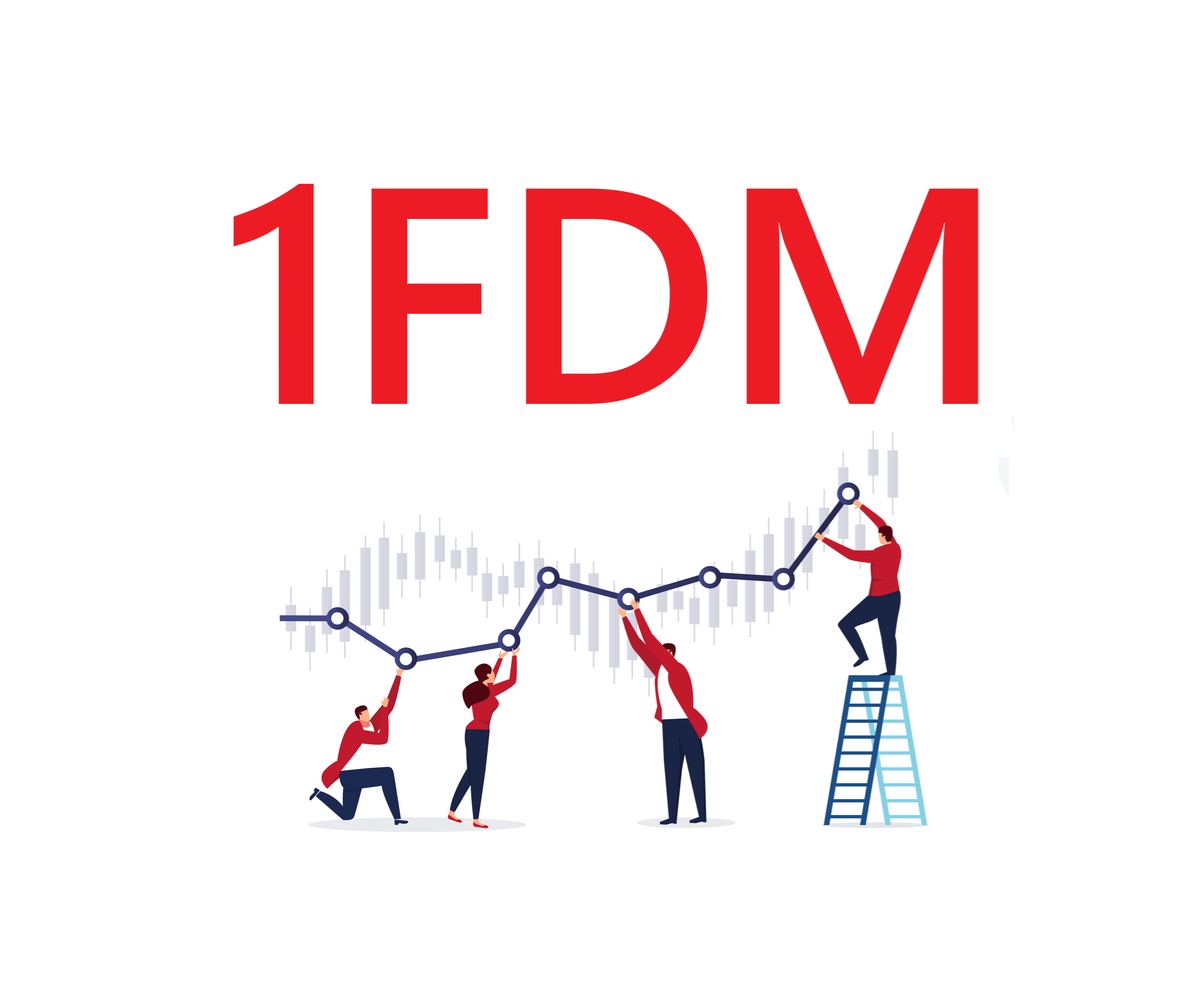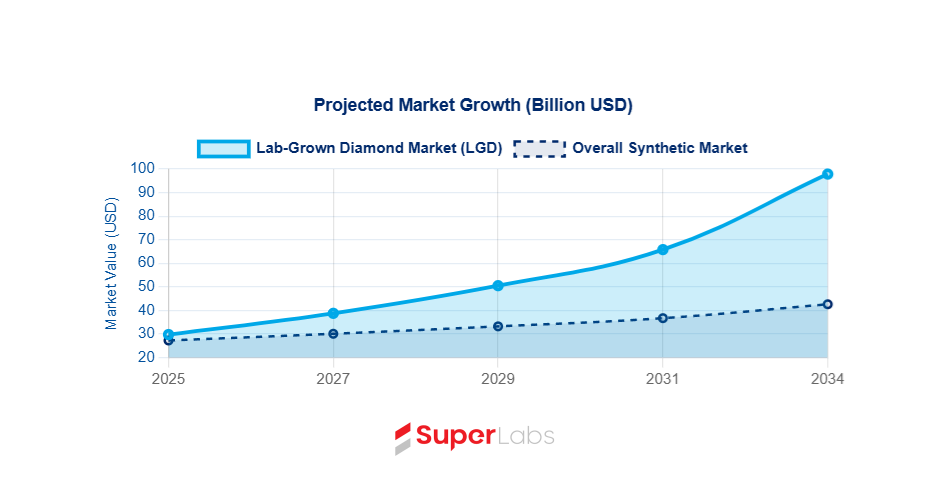Pricing Strategy for Marketplace, 1FDM.com
Pricing design & strategy for online marketplace - 1FDM

This case study explores the pricing design and strategy employed by 1FDM.com, an online marketplace specializing in the sale and rental of food machines and devices. It delves into the various pricing models applicable to online marketplaces, and how 1FDM.com adapted its strategy through its growth phases, from customer acquisition to market expansion.
Understanding Online Marketplace Pricing Models
Online marketplaces facilitate transactions between buyers and sellers, and their revenue models typically involve various pricing strategies. The choice of model often depends on the marketplace's value proposition, target audience, and stage of development.
Here are some common pricing models for online marketplaces:
- Commission-Based Model:
- Description: The marketplace charges a percentage of each successful transaction. This is a widely adopted model for its direct correlation with transaction volume.
- Pros: Aligns marketplace success with seller success, low upfront cost for sellers, scalable.
- Cons: Can disincentivize high-value transactions, difficult to set the "right" commission rate, potential for off-platform transactions.
- Example: eBay, Airbnb.
- Listing Fee Model:
- Description: Sellers pay a fee to list their products or services on the platform, regardless of whether a sale occurs.
- Pros: Predictable revenue, encourages quality listings (as sellers invest upfront).
- Cons: Can deter new or small sellers, no guarantee of sales for sellers.
- Example: Etsy (initially for some listings), classifieds websites.
- Subscription Model (Membership Fee):
- Description: Buyers, sellers, or both pay a recurring fee to access the marketplace's features or premium services.
- Pros: Stable and predictable recurring revenue, fosters user loyalty.
- Cons: High barrier to entry for free users, requires continuous value provision to justify subscription.
- Example: Amazon Prime (for buyers), Alibaba (for sellers' premium access).
- Freemium Model:
- Description: A basic version of the marketplace is offered for free, while advanced features or enhanced visibility require a paid upgrade.
- Pros: Low barrier to entry for new users, encourages adoption, clear upgrade path.
- Cons: Can be challenging to convert free users to paid, requires careful balancing of free vs. paid features.
- Example: LinkedIn, various software marketplaces.
- Lead Generation Fee Model:
- Description: The marketplace charges sellers for leads generated through the platform, rather than for a completed transaction.
- Pros: Good for service-based marketplaces where the transaction happens offline, predictable cost per lead for sellers.
- Cons: Quality of leads can be variable, requires robust lead tracking.
- Example: HomeAdvisor.
- Featured Listing/Advertising Model:
- Description: Sellers pay to have their listings appear prominently (e.g., at the top of search results, on the homepage).
- Pros: Additional revenue stream, provides visibility for sellers.
- Cons: Can create a perception of unfairness if not clearly differentiated from organic results.
- Example: Amazon (sponsored products), many job boards.
1FDM.com: Pricing Strategy During Growth & Customer Acquisition
When 1FDM.com launched, its primary objectives were rapid customer acquisition for both buyers and sellers, and establishing network effects within the specialized "food machines & devices" niche. To achieve this, a multi-pronged pricing strategy was implemented, focusing on minimizing friction and maximizing initial adoption.
Initial Phase (Launch - Year 1.5):
- Model Combination: Freemium with a focus on free listings for sellers and zero fees for buyers.
- For Sellers:
- Free Listing Model (Core): Sellers could list an unlimited number of food machines and devices for sale or rent without any upfront listing fees. This significantly lowered the barrier to entry, attracting a wide range of manufacturers, distributors, and individual sellers.
- Zero Commission (Introductory Offer): For the first 6-12 months, 1FDM.com waived all transaction commissions on sales and rentals. This "no-fee for successful transactions" approach was a strong incentive for sellers to use the platform, as it minimized their risk and maximized their immediate returns.
- Basic Analytics (Freemium): Free access to basic dashboard features, including listing views and basic inquiry tracking.
- For Buyers:
- Free Access (Core): Buyers could browse, search, and inquire about listings completely free of charge. This was crucial for building a strong buyer base, as the marketplace's value proposition depended heavily on offering a wide selection of machines.
- No Buyer Premiums: Unlike some marketplaces that charge buyers a service fee, 1FDM.com ensured all prices displayed were the final prices, fostering trust and transparency.
- For Sellers:
- Key Rationale for this Strategy:
- Network Effects: By making it extremely attractive for both sides, 1FDM.com aimed to quickly build a critical mass of users. More sellers attract more buyers, and more buyers attract more sellers.
- Risk Mitigation: Sellers faced no financial risk in listing, reducing hesitation.
- Data Collection: Free usage allowed 1FDM.com to gather valuable data on market demand, popular machine types, transaction patterns, and user behavior, which would inform future pricing adjustments.
- Competitive Advantage: In a nascent market, offering a truly free or very low-cost platform gave 1FDM.com a significant edge over traditional sales channels or potential new competitors.
- Marketing & Promotion: During this phase, the "zero commission" and "free listing" aspects were heavily promoted to draw in early adopters. Referrals and early-bird incentives were also leveraged.
The Slow Shift in Pricing Model During Expansion
As 1FDM.com gained traction, established a significant user base, and demonstrated its value proposition, a gradual and strategic shift in its pricing model began. The goal was to monetize the platform more effectively while maintaining growth and not alienating existing users. This shift occurred in phases, allowing users to adapt.
Expansion Phase (Year 1.5 - Year 4):
- Introduction of a Tiered Commission Model:
- Subtle Introduction (Year 1.5): After demonstrating value, 1FDM.com introduced a low, introductory commission rate (e.g., 2-3%) on successful transactions. This was communicated well in advance to existing sellers, often with grandfathered rates for initial high-volume users for a limited period.
- Tiered Structure (Year 2): To optimize revenue and differentiate value, 1FDM.com moved to a tiered commission structure.
- Standard Tier: A baseline commission (e.g., 5-7%) for most transactions.
- Reduced Commission for High-Volume Sellers: Sellers exceeding certain monthly transaction values or numbers received a slightly reduced commission rate, incentivizing continued high usage.
- Higher Commission for Niche/High-Value Items: Very specialized or expensive food machines might incur a slightly higher percentage commission, or a fixed cap on commission for extremely high-value items to keep it attractive.
- Rationale: The commission model ensures revenue scales with platform utility and success. Tiering caters to different seller segments.
- Introduction of Premium Features (Freemium Evolution):
- Enhanced Listing Visibility (Featured Listings): Sellers could pay an additional fee (either a flat rate or a small recurring charge) to have their listings highlighted, appear at the top of search results, or be featured on the homepage. This provided an additional revenue stream and a clear value-add for sellers seeking more exposure.
- Advanced Analytics & Reporting (Subscription Add-on): A premium subscription tier was introduced for sellers, offering in-depth market insights, competitor analysis, lead quality reports, and direct marketing tools. This moved beyond basic analytics, providing actionable intelligence.
- Dedicated Account Management (Subscription Add-on): For enterprise-level sellers, 1FDM.com offered dedicated support and account management through a higher-tier subscription.
- Buyer Alerts/Watchlists (Potential Future Freemium): While buyers remained free for core browsing, 1FDM.com considered (and later implemented) premium alerts for specific machine types or new listings, catering to specialized buyer needs.
- Rationale: This monetized the value built during the free period. It allowed sellers to choose the level of service they needed and were willing to pay for, without forcing all users into a paid model.
- Value-Added Services (New Revenue Streams):
- Financing & Leasing Partnerships: 1FDM.com partnered with financial institutions to offer integrated financing and leasing options for buyers. The marketplace earned a referral fee or a small percentage of successful financing arrangements.
- Logistics & Installation Referrals: Leveraging its network, 1FDM.com provided optional referrals to trusted logistics and installation service providers, earning a referral fee.
- Inspection & Certification Services: For high-value used machines, 1FDM.com could offer or facilitate third-party inspection and certification services for a fee, adding trust and transparency to transactions.
- Rationale: These services enhanced the overall value proposition of the marketplace, making it a more comprehensive solution for food machine transactions, while also diversifying revenue streams beyond direct transaction fees.
Continuous Optimization:
1FDM.com continuously monitored key metrics such as conversion rates, average transaction value, seller churn, and user feedback. This data-driven approach allowed for iterative adjustments to commission rates, subscription prices, and the features included in various tiers. The focus remained on balancing revenue growth with continued user satisfaction and market leadership. The shift was always gradual, transparent, and designed to demonstrate increasing value alongside increasing monetization.
In conclusion, 1FDM.com's pricing journey illustrates a common trajectory for successful online marketplaces: starting with low-friction, adoption-focused models, and gradually shifting towards more diversified and value-based monetization strategies as the platform matures and its network effects strengthen.


